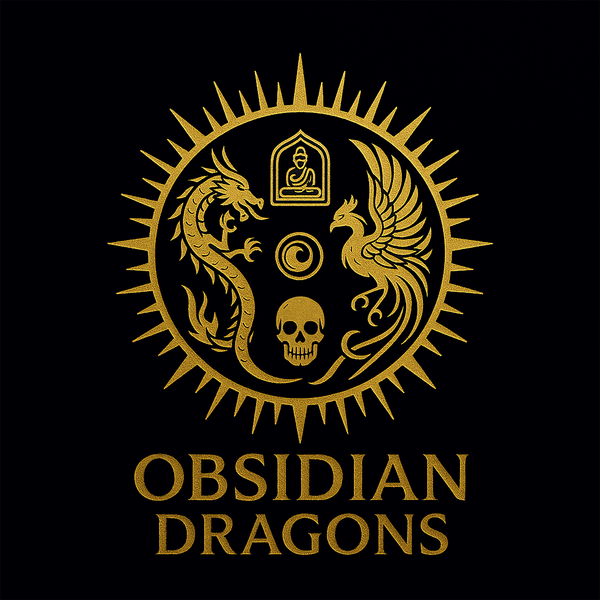AAA
Buddha pendant. Jambhala. Ghau, Tibetan protection amulet. Genuine handcrafted tangka
Buddha pendant. Jambhala. Ghau, Tibetan protection amulet. Genuine handcrafted tangka
Couldn't load pickup availability
GHAU
The ghau is a kind of portable altar in which the image of the possessor's chosen deity is kept, wrapped in silken garments. The vast majority of Tibetans use ghau at home and carry it on their travels. They keep it on a real altar at home. When traveling, it is attached to the back belt. It serves as a protective symbol during travels and also allows its owner to prove his devotion to his deity.
Piece entirely handmade and artisanal.
Ghau dimension: 53.5/ 30.2/ 10.3mm
925 silver, Gold, Copper,
Turquoise from Hubei province. Agate called nan hong (southern red), baoshan deposit in Yunnan province. Exclusively Chinese mineral, this agate called nan hong (southern red) gets its very particular color from its link with the cinnabar on the deposits. Places of deposits (volcanic) Yunnan region baoshan site, Sichuan Liangshan site for the two unique deposits
All Natural Stones, As a gemologist graduated from the National Institute of Gemmology in Paris, all our stones are appraised and certified.
Rotating Buddhist wheel of life. On the back is designed a rotating Buddhist wheel of life thanks to a German high-precision ball bearing, as shown in this generalist video concerning this entire collection
Genuine traditional Tangka Regong The tangka is painted at the temple of Longwu, also called Wutun.
Tibetan lamasery located in the Tibetan prefecture of Rebkong, province of Amdo, called Huangnan in the province of Qinghai in China and is 186 km from Xining.
Renowned center for Tibetan thangka painting. Regong arts were inscribed in 2009 on the representative list of the intangible cultural heritage of humanity. The colors of this tangka are made up of pure gold and crushed minerals.
The protective windows are made of leuco sapphire like high-end watches.
Sold with an adjustable cord, enhanced with 925 silver adaptable to all sizes.
JAMBHALA
Jambhala (also known as Dzambhala, Dzambala, Zambala or Jambala) is the God of Wealth and appropriately a member of the Jewel (Ratna) family whose Dhyani Buddha is Ratnasambhava.
In Hindu mythology he is known as Kubera. Jambhala is also considered an emanation of Avalokitesvara or Chenrezig, Bodhisattva of Compassion. He is the protector of all bloodlines and all sentient beings from all sickness and difficulties.
Jambhala is a Bodhisattva of material and spiritual wealth as well as many other things including granting financial stability. "Because in this world there are all kinds of wrathful and negative emotions or evil spirits, and sometimes they harm you and other sentient beings, Dzambhala must assume such a wrathful and powerful form to protect us from such harmful spirits and negative karma.
In particular, Dzambhala helps us to minimize or lessen all misfortunes and obstacles and helps us to increase all good fortune and happiness. This statuette is the yellow version of the deity (green, white, red and black) also known as Guardian of the North Vaiśravaṇa वैश्रवण (Sansk.) (Pali. Vessavaṇa वेस्सवण) (Chin. 多聞天王, duō wén tiānwáng) (Cor.다문천왕,Damun Cheonwang) (Jap. 多聞天 or 毘沙門 Tamon-ten or Bishamon-ten) (tib. rnam.thos.sras(Namthöse)) (mong. Bisman tengri). Taoist name Molishou.
The guardian of the north is also the leader of the Chaturmaharaja (or celestial kings) "the one who is learned", "the one who hears everything". In China it is considered a Buddhization of the Bhramanic deity of wealth Kuvera, the north being considered as concealing fabulous treasures. He presides over winter and is black in color, nicknamed the Black Warrior.
He commands an army of Yakshas. In India its symbols are the flag, the jewel and the mongoose. In Japan, his cult appears independently of other guardian kings from the 9th century, he was considered the healing god who would have saved Emperor Daigo (898-930), he became god of wealth in
the Heian period, then protector of the samurai during the Kamakura period. He is, like Milofo, one of the seven gods of happiness since the 17th century. He is the protector of the nation in both China and Japan.
RefAAA
Share
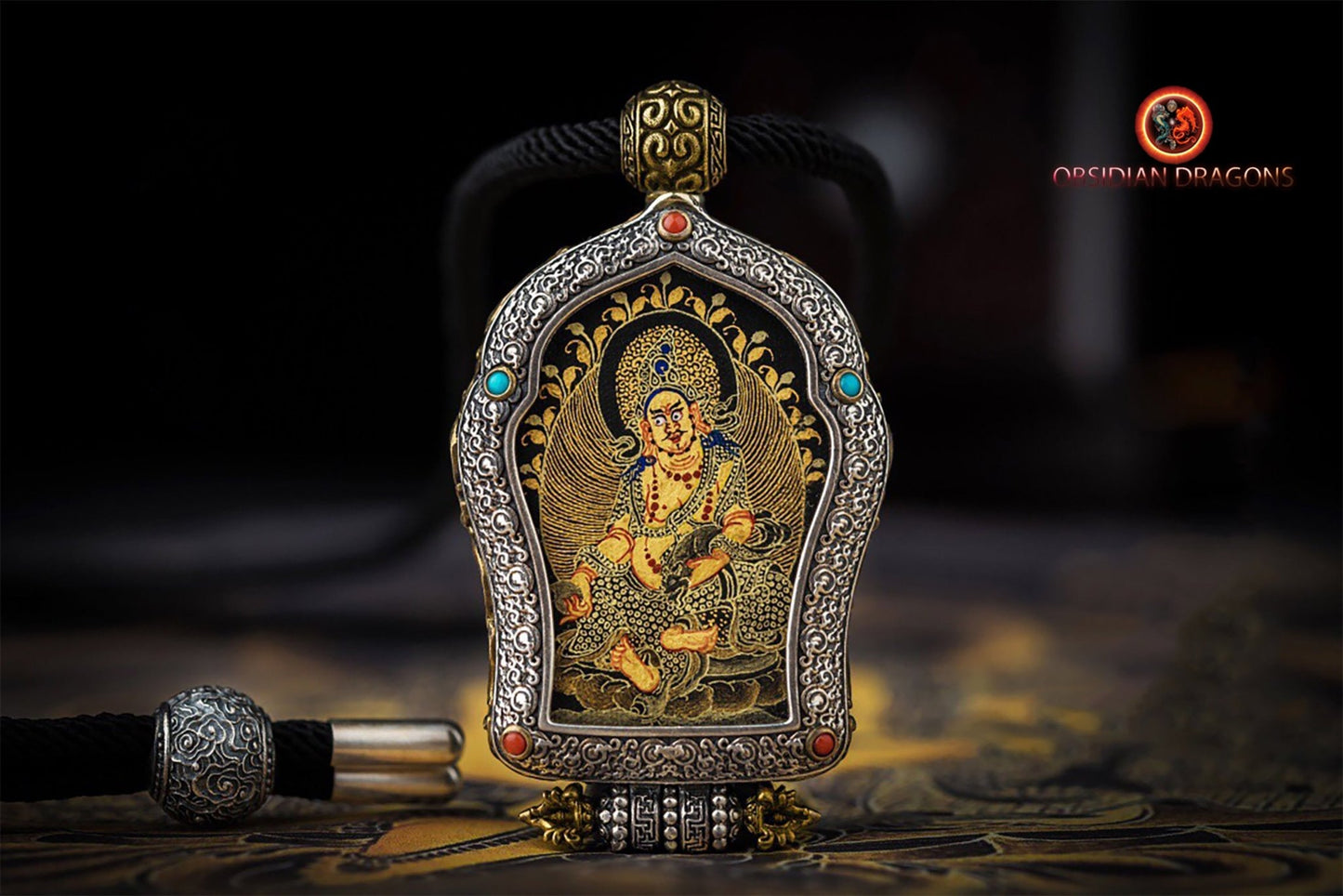
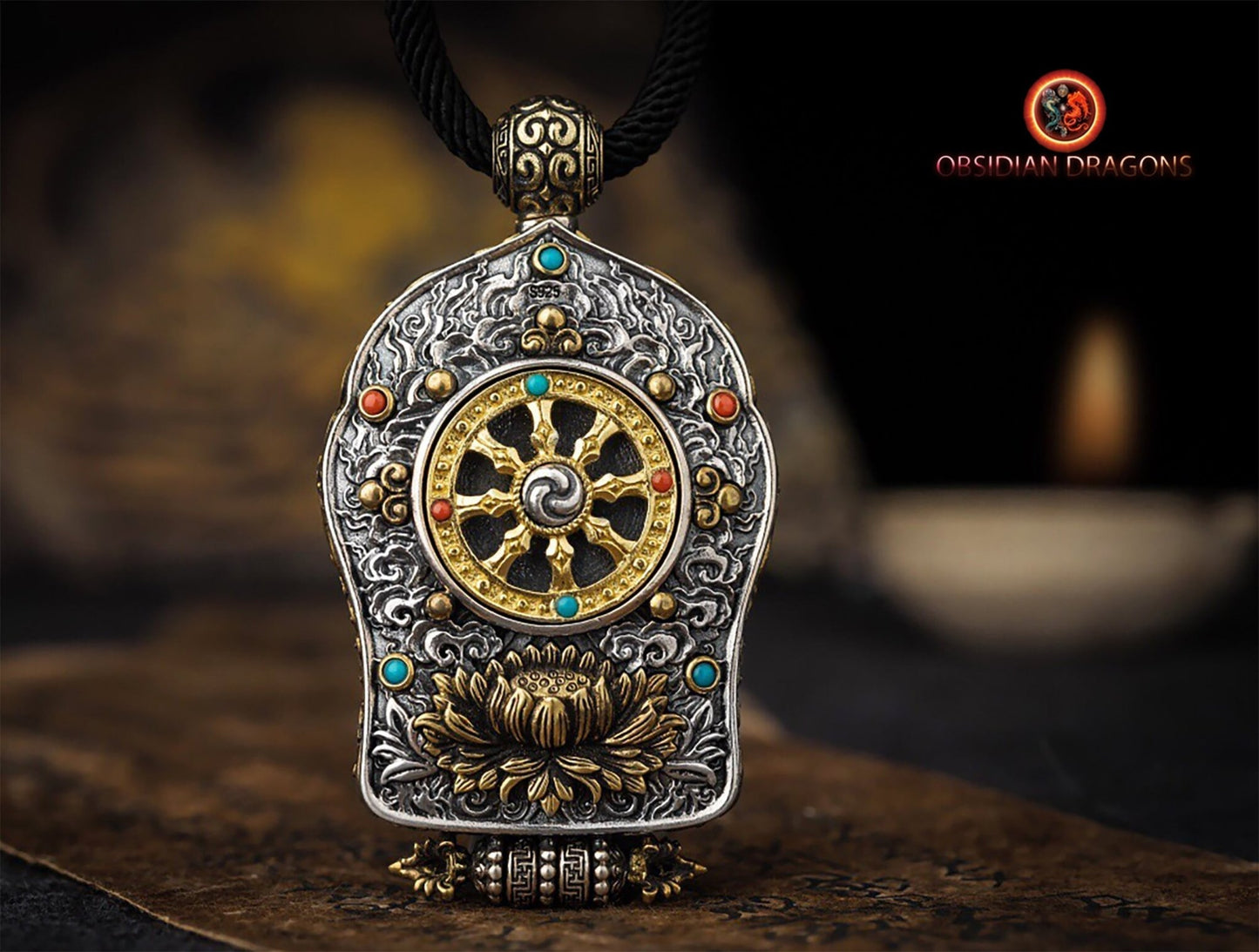
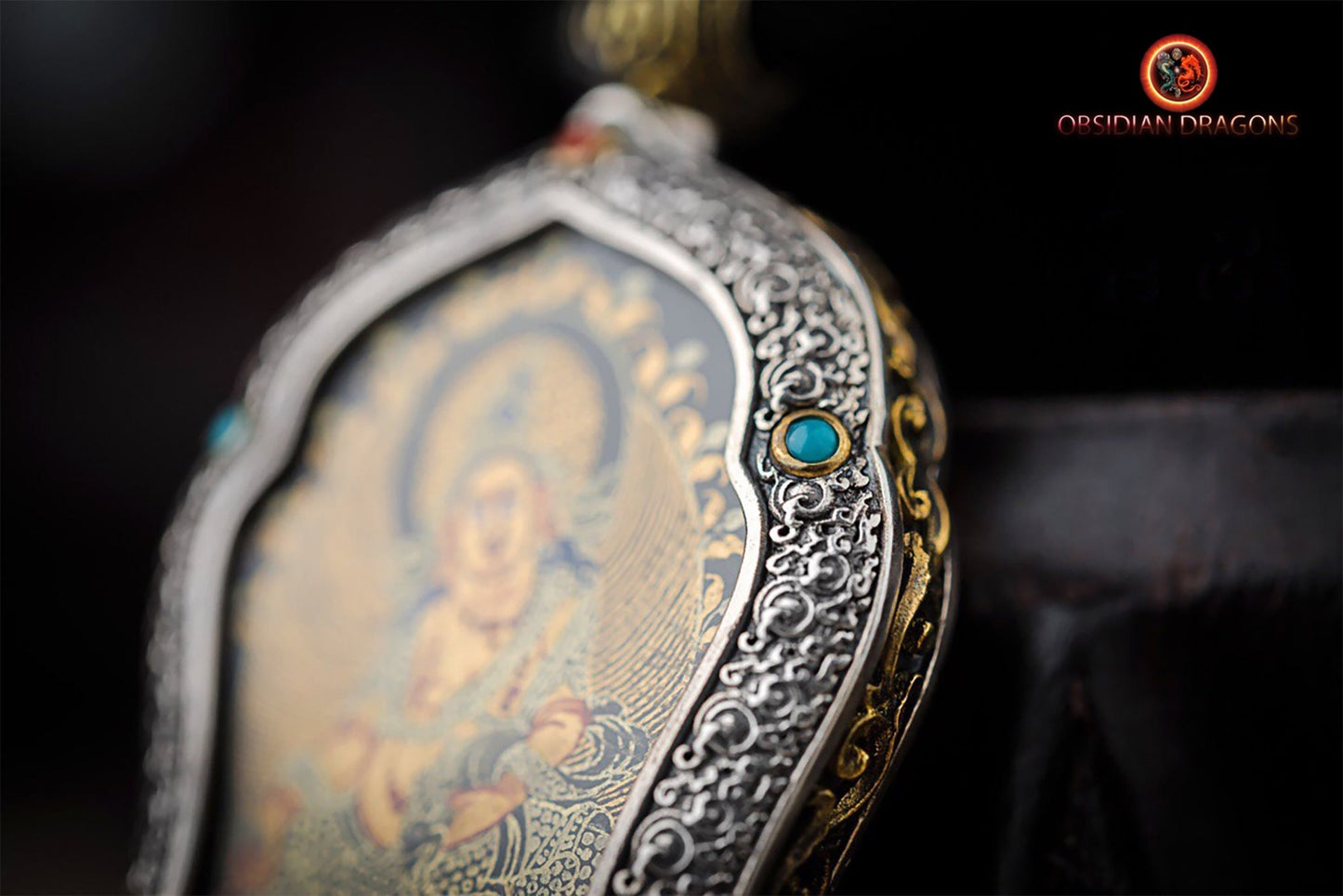
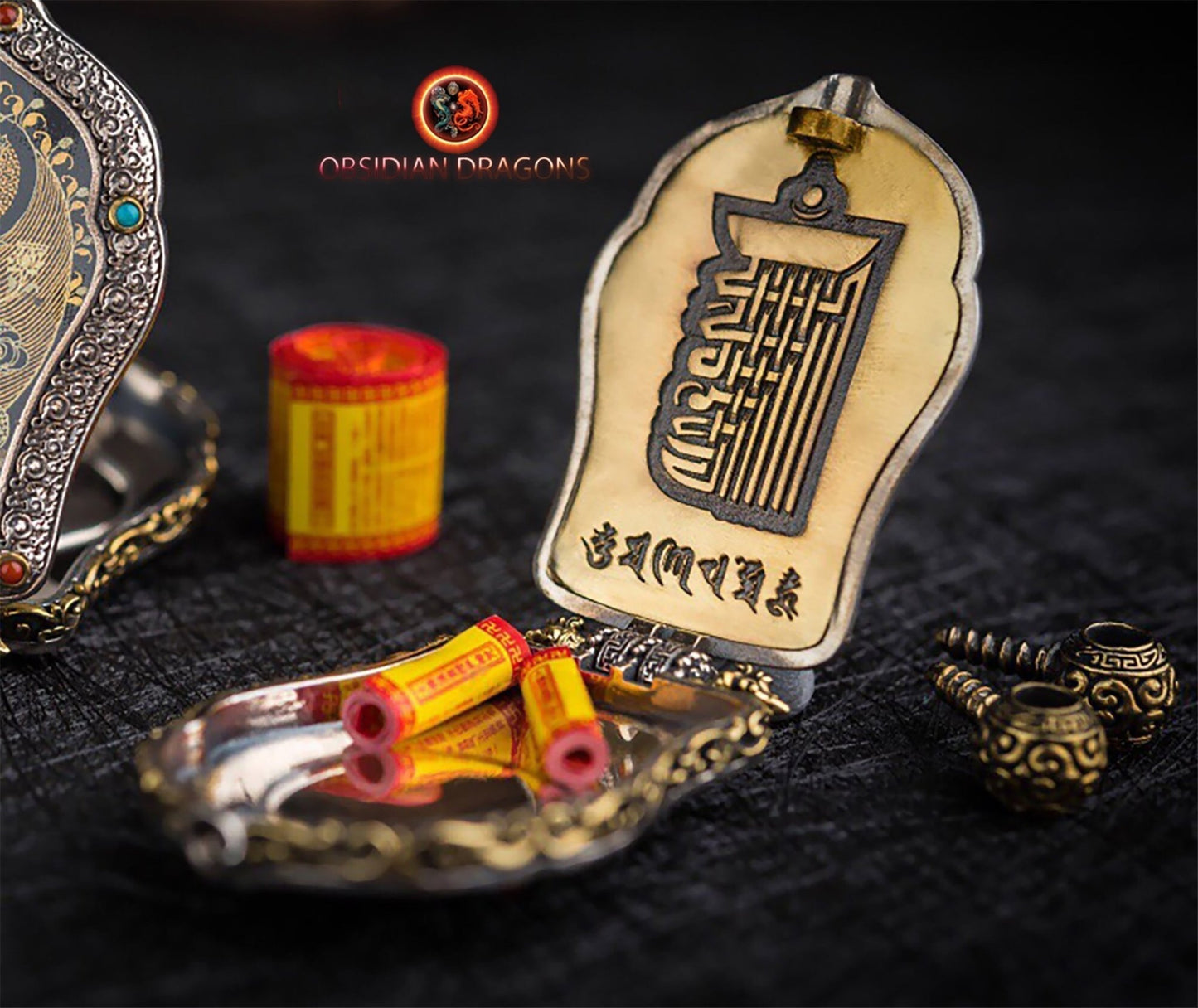
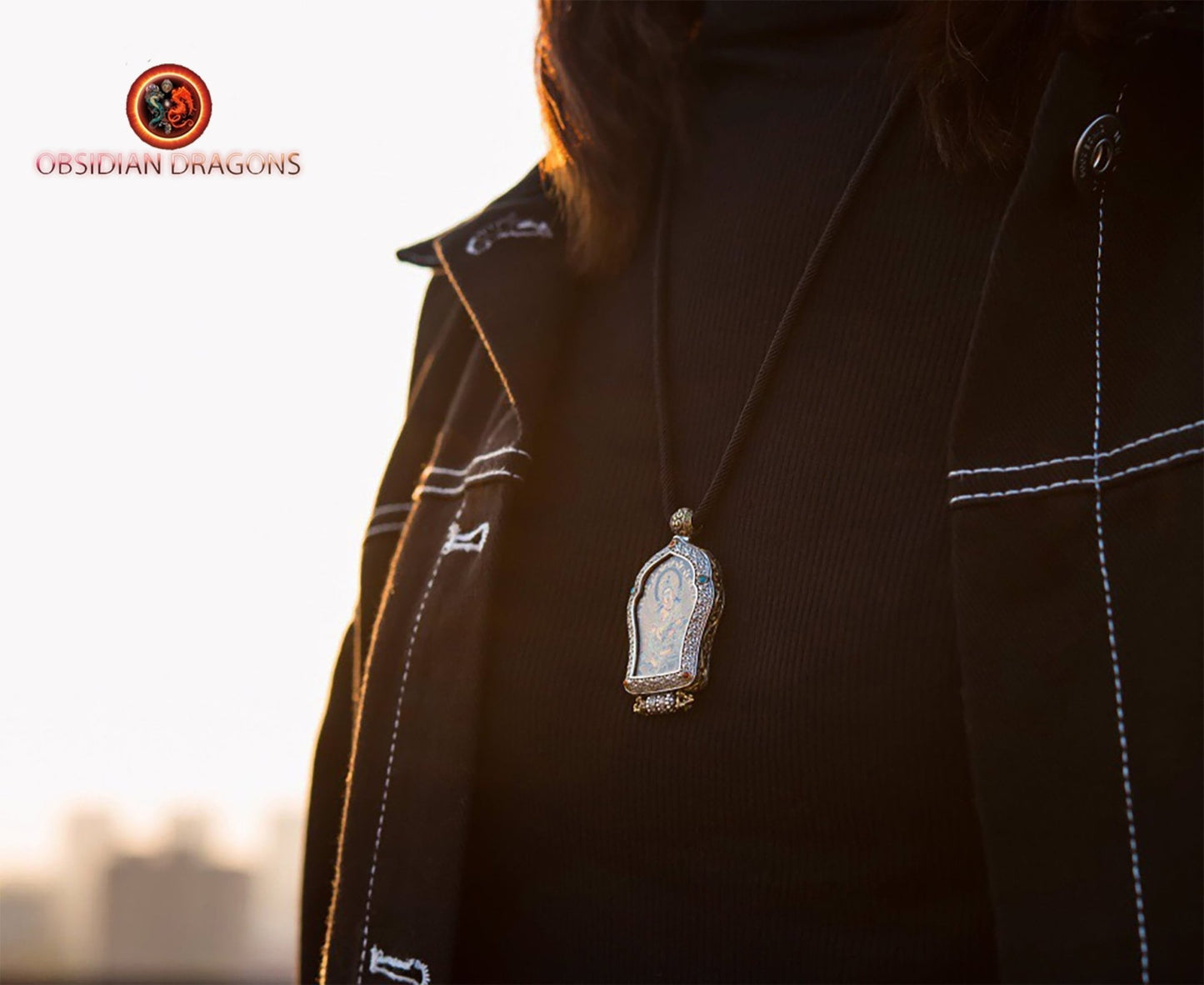
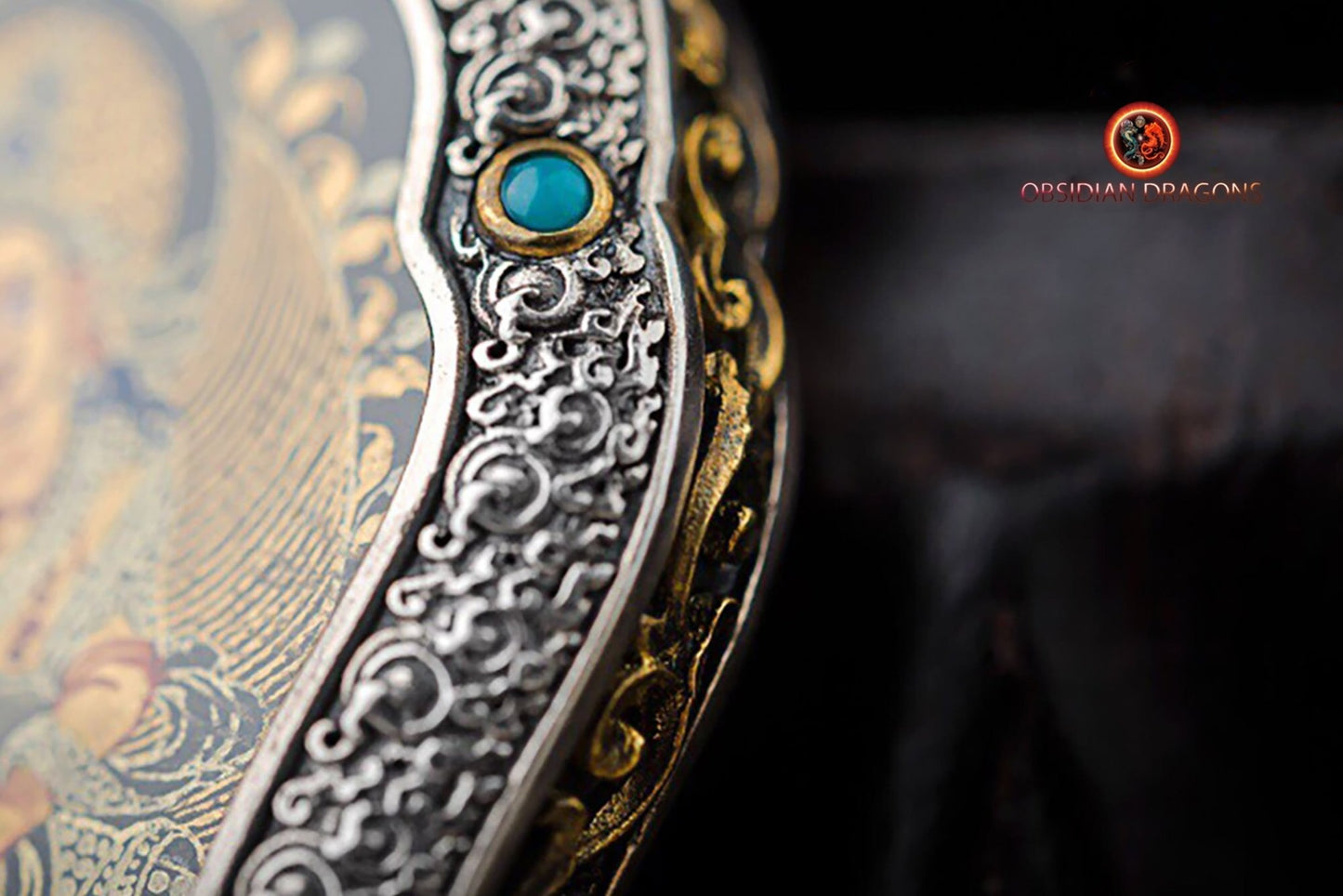
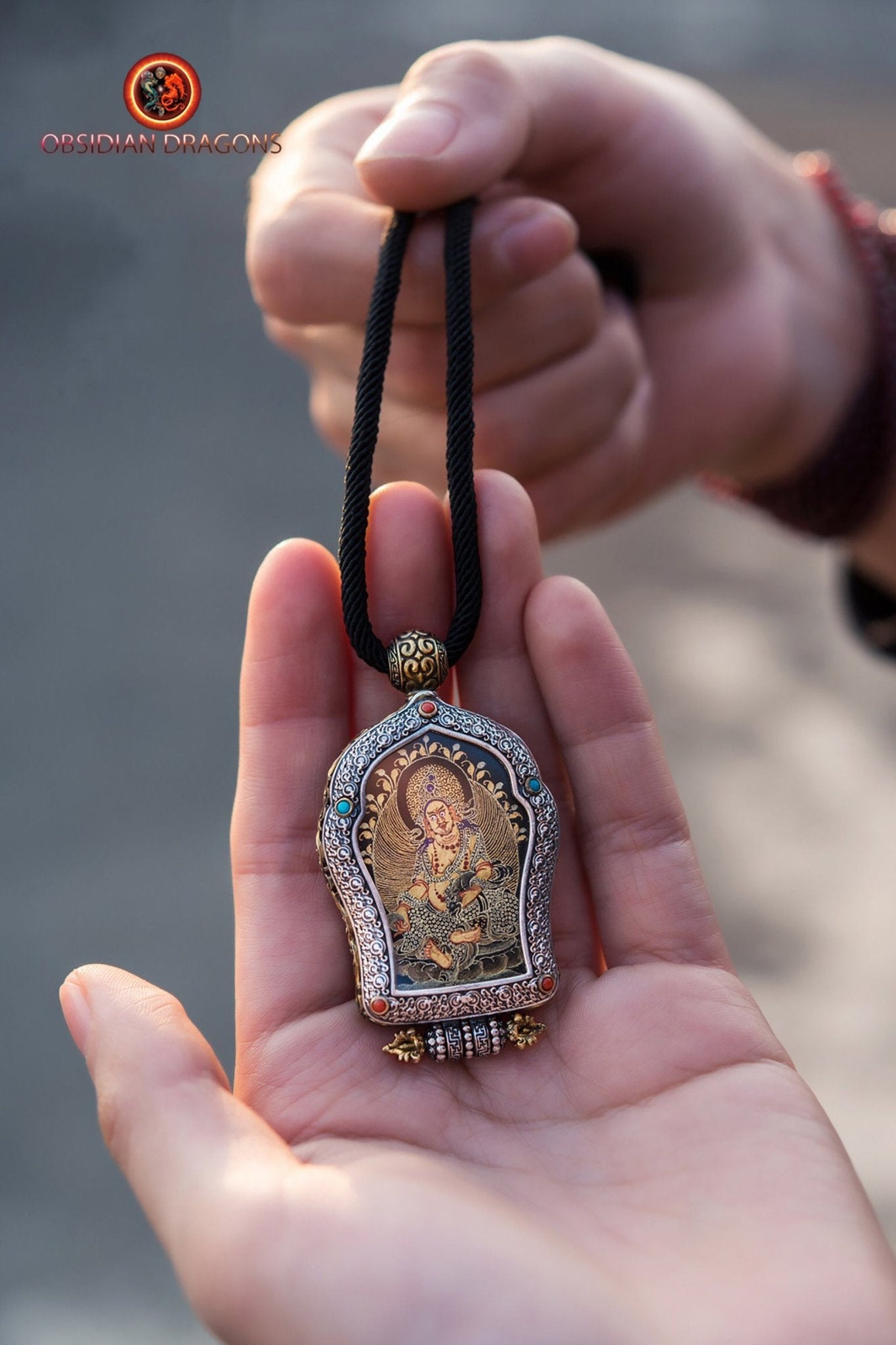
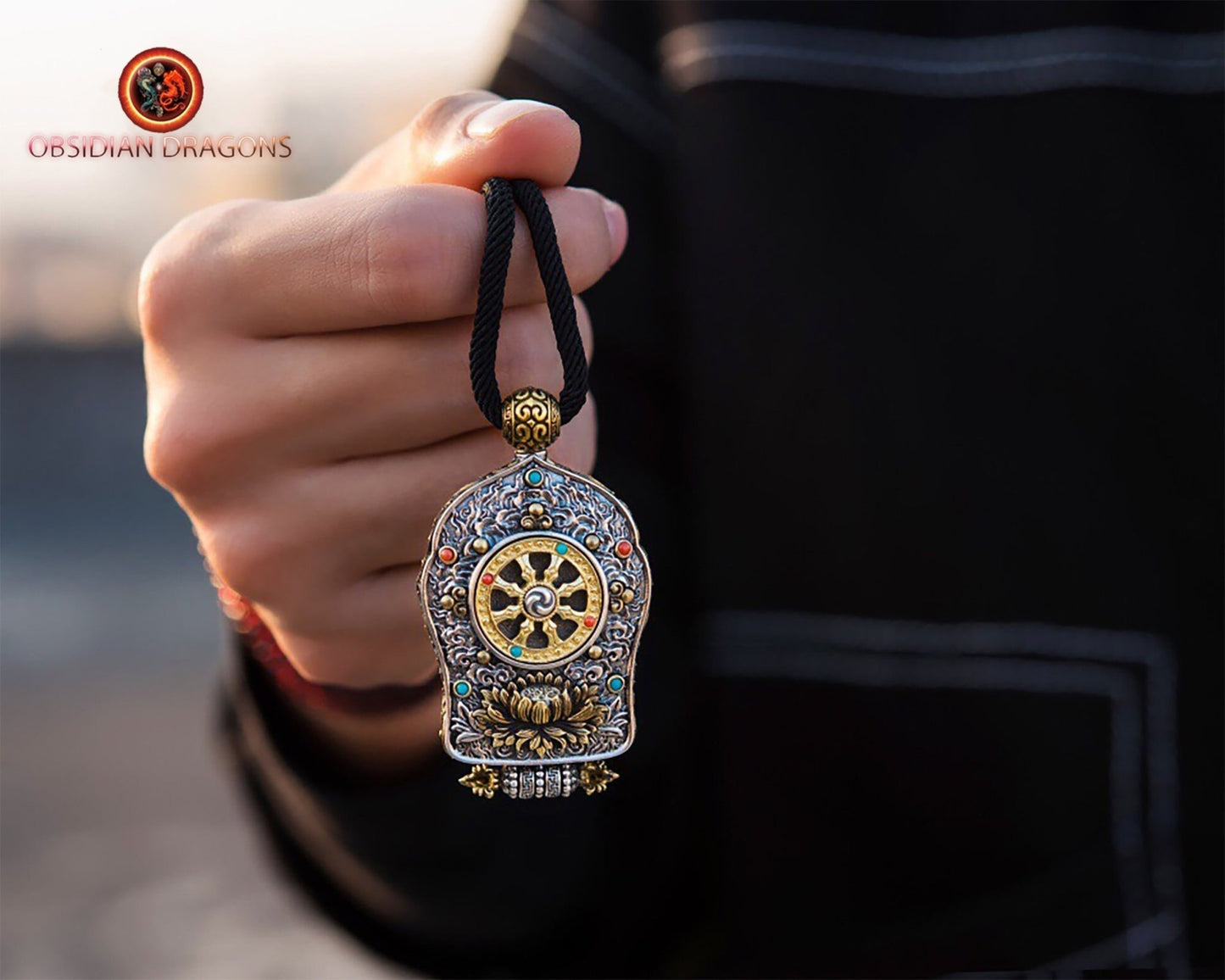
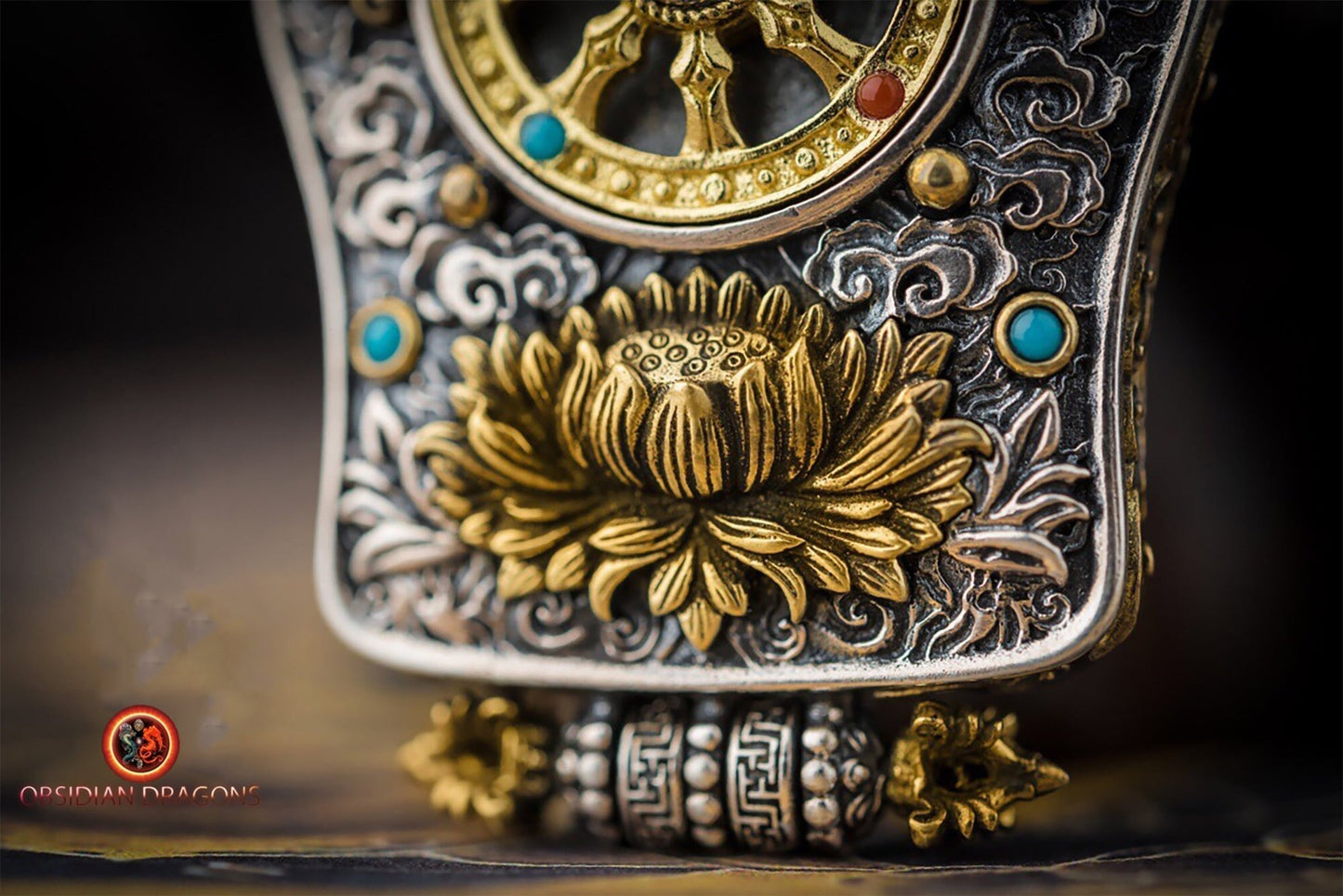
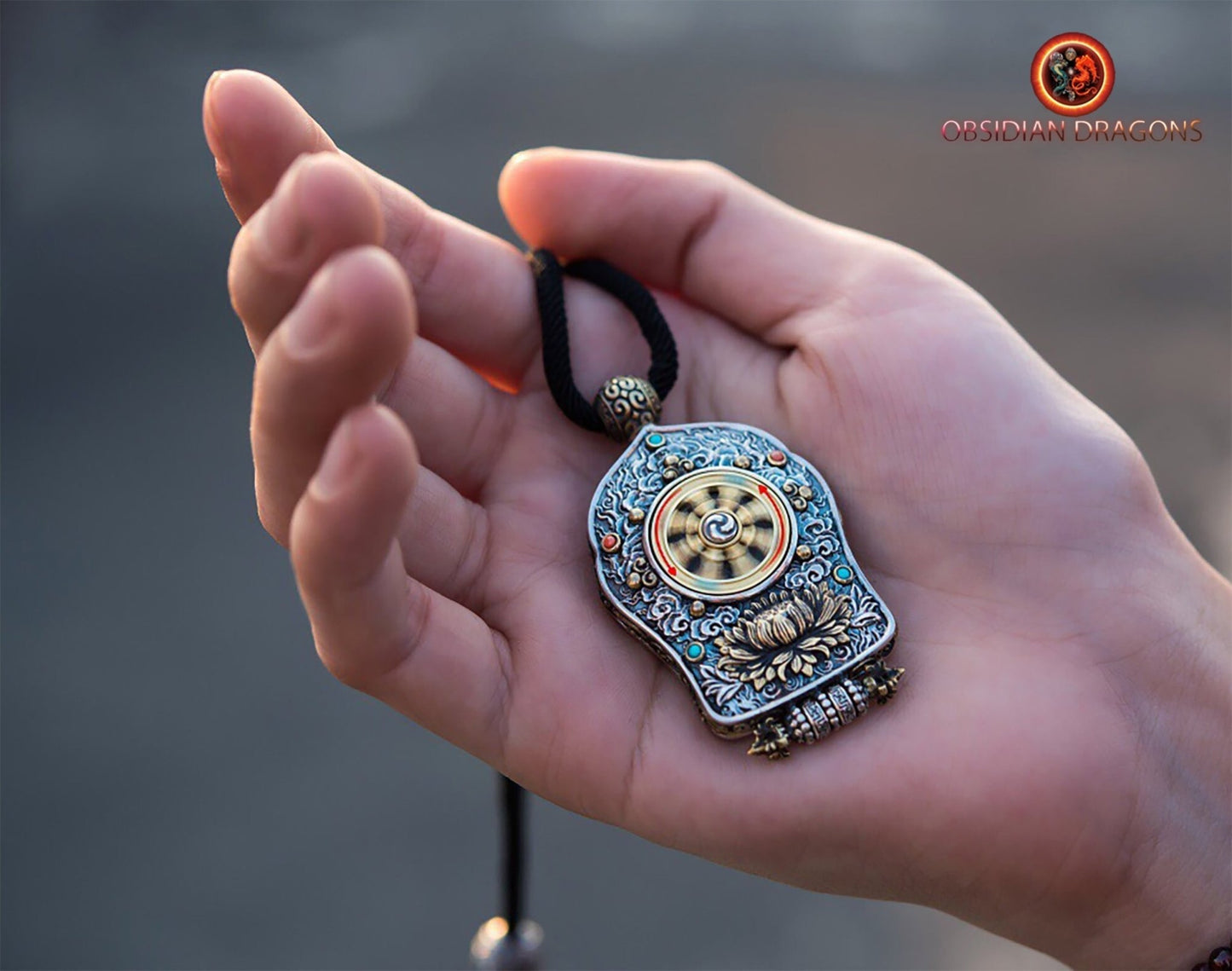
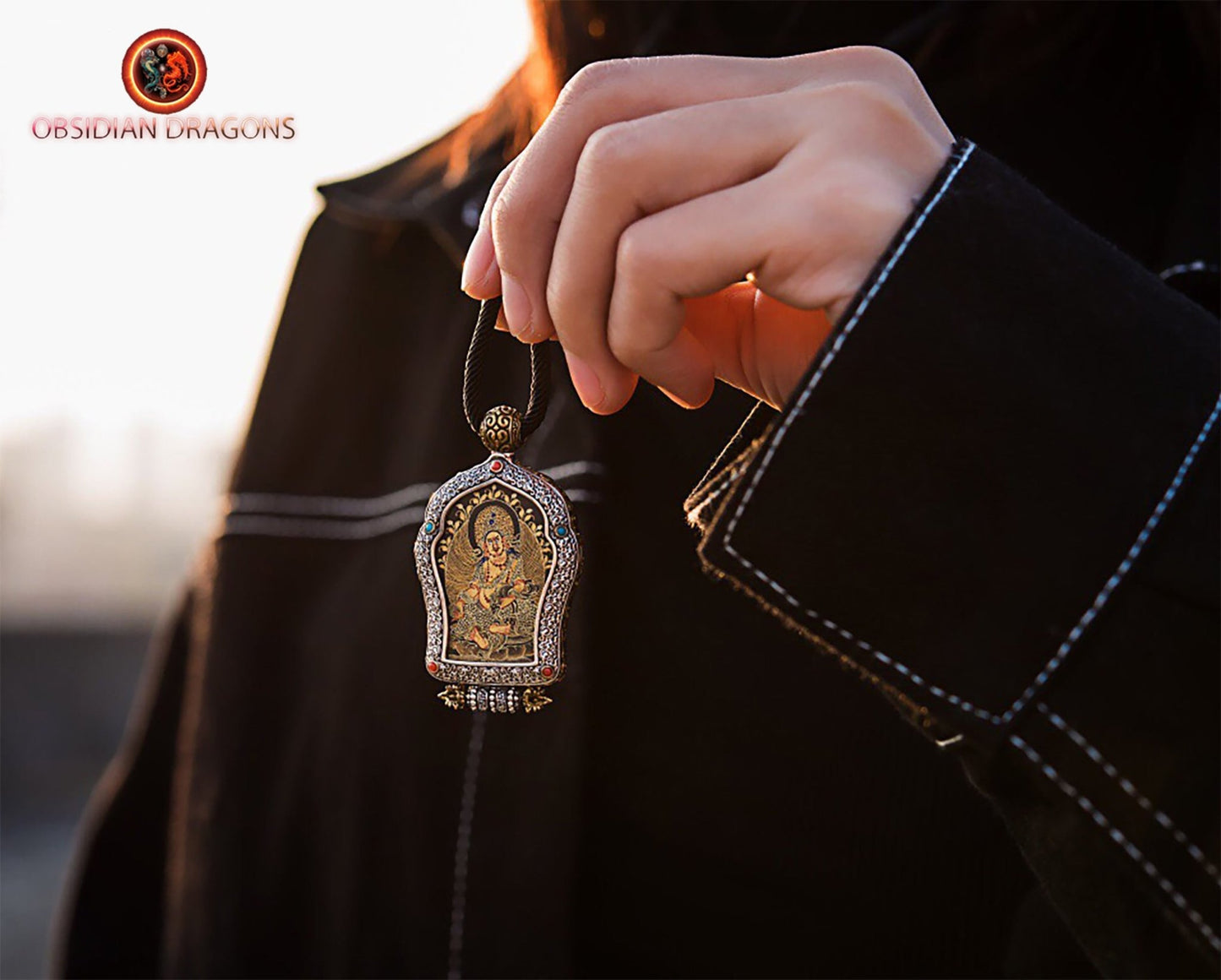

Return conditions for a Zen purchase
We offer you a money back guarantee within 14 days after delivery of your order.
If you are not completely satisfied with your purchase, please contact us to arrange a return of the product and a refund.
Except for returns, shipping is free on all orders.
Multi-column
Button text-
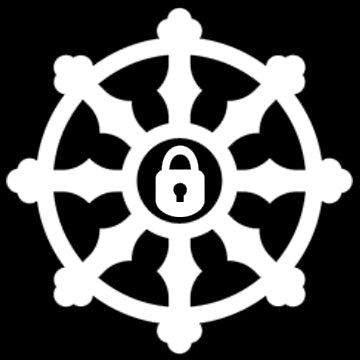
100% secure payment
3 times interest-free option with Scalapay
-

Free delivery in France and internationally
14 days money back guarantee after delivery (see our conditions of sale)
-

Column
Excellent customer service
Live chat
Whatsapp +33674049312
Let customers speak for us
from 913 reviewsLe crâne reçu correspond bien à celui proposé sur le site.

J'ai eu l'occasion de rencontrer Jérémy sur Paris avant l'achat...très bon contact avec lui ..il sait de quoi il parle...je suis revenu vers lui pour l'achat de cette magnifique statue...elle a été emballee avec beaucoup de soin pour une expédition de chine... vraiment très satisfait de cet achat..merci

Pendentif dragon en obsidienne œil céleste - Symbole spirituel

Le collier est superbe, et ce pendentif magnifique, ses détails! et l'odeur du bois de santal que c'est agréable! Qualité extra! Contact excellent avec Jérémy, merci beaucoup pour votre gentillesse! Quelle qualité, vivement le mala !

L'objet est très joli et malgré que je ne sois pas un spécialiste, je trouve que le crystal est beau. Il n'est pas parfait et cela me rassure sur la qualité du produit qui est sensé être naturel donc imparfait.
Très bien emballé et en plus housse de rangement offerte.
MERCI

Je suis très satisfaite, livraison rapide et soigné. J'ai appréciée la communication avec Jérémy… L'article est superbe, plus jolie que ce que je pensais.

J’ai commandé un crâne de dragon, il est super beau et très puissant. Je l’adore 😍 Et l’envoi a été très rapide 🤗 merci 🙏🏻

Absolument magnifique,il m’appelait ce bracelet et je suis ravie je ne vais plus le quitter merci 🙏🏼😍

Merci pour votre envoi, la pierre est magnifique, merci..

bracelet puissant, je suis content de mon achat

Cet artisan est gémologue, il travaille avec des artisans qui sont des vrais artistes, je suis bluffé par la qualité des ouvrages sur l’argent et sa qualité. Quand à la qualité des pierres pas besoin d’être gémologue pour voir la qualité exceptionnelle des pierres, encore une fois le travail de sculpture est exceptionnel.
Mon mala traditionnel est une pure merveille dans la tradition originelle. Le ghau est une merveille qui me comble.
Bref que dire de plus :). Allez sur son site.
PS : vendeur qui connait son métier et les traditions bouddhistes ce qui est un plus en plus :)

Ce crâne est un Etre de Lumière. Attirant , inspirant , "parlant".
Il est un Ami qui tire mes pensées vers le Haut.
Ses énergies vibrent à des fréquences élevées. Il est puissant dans la douceur.
Un crâne de Dragon m'assite également. Merveilleux !

Très beaux bracelet et très puissants

Magnifique crâne givré de l'Himalaya.

cette chevalière est tres bien réalisé, avec beaucoup de détails, je suis heureux de l'avoir

